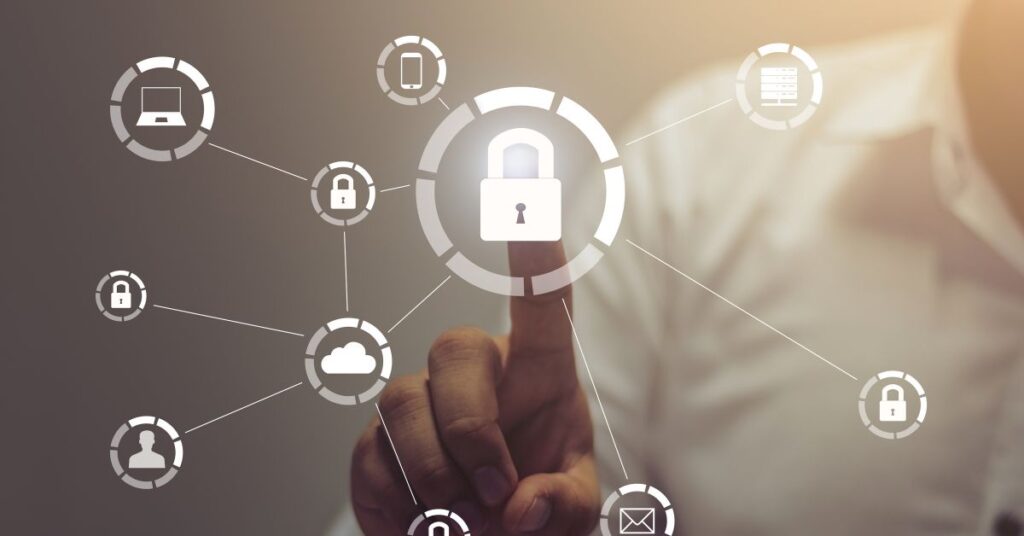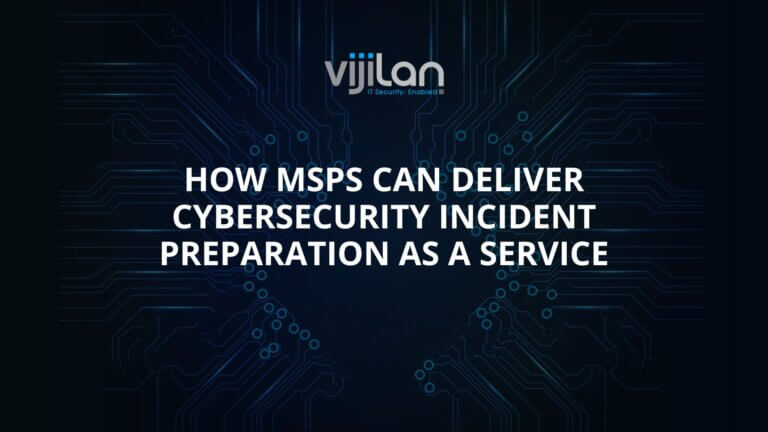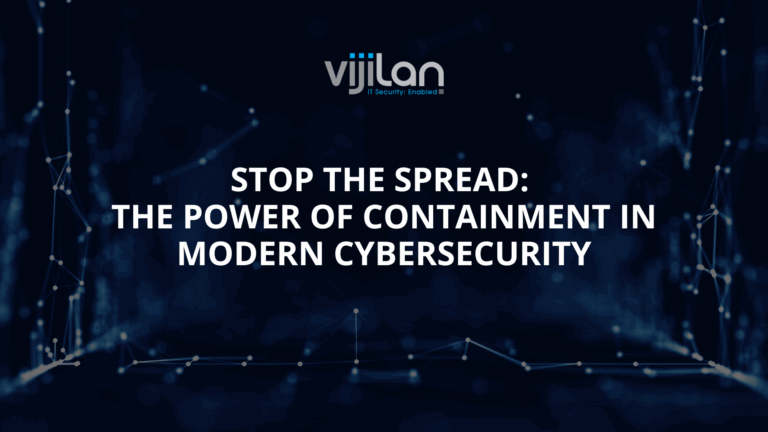In today’s digital age, the workforce is becoming increasingly remote, allowing employees to work from anywhere in the world. This shift in the way we work has presented businesses with new challenges in securing their networks and data. With the rise of cybercrime, protecting your remote workforce is essential. Cybersecurity protection is critical to safeguarding your business from cyber threats, and in this blog post, we’ll discuss seven essential steps to secure your remote workforce.
- Use Strong Passwords and Two-Factor Authentication
Passwords remain a critical part of cybersecurity protection, and they should be strong and unique. Weak passwords are easy to crack, and if a cybercriminal gains access to a password, they can easily access sensitive data. Two-factor authentication (2FA) adds an extra layer of security, making it more difficult for hackers to access your accounts.
- Use a Virtual Private Network (VPN)
VPNs provide a secure connection between remote workers and your network. They encrypt data and protect your network from cyber threats. Vijilan Security provides VPN solutions that can ensure that your remote workers’ data is secure.
- Keep Your Software and Systems Up-to-Date
Cybercriminals exploit vulnerabilities in software and systems to gain access to networks and data. Keeping software and systems up-to-date helps patch these vulnerabilities, reducing the risk of cyber attacks. Regularly updating software and systems also ensures that you have the latest cybersecurity protection features.
- Implement Employee Training
Employee training is an essential step in cybersecurity protection. Your employees need to be aware of cyber threats and how to avoid them. Cybersecurity training should cover topics like phishing scams, password management, and the safe use of devices on the network.
- Use Endpoint Protection
Endpoint protection is a critical part of cybersecurity protection, especially for remote workers. Endpoint protection solutions like antivirus and anti-malware software can help protect devices from cyber threats.
- Implement Network Monitoring
Network monitoring solutions like those offered by Vijilan Security can help detect and respond to cyber threats. These solutions can monitor your network for suspicious activity and alerts your IT team if an attack is detected. The earlier you can detect an attack, the better chance you have of stopping it before it causes significant damage.
- Develop a Cybersecurity Incident Response Plan
Even with the best cybersecurity protection measures in place, there is always a risk of a cyber attack. Developing a cybersecurity incident response plan can help your business respond quickly and effectively to a cyber attack. This plan should outline the steps to take in the event of an attack, including who to contact, how to isolate affected systems, and how to recover lost data.
In conclusion, securing your remote workforce is critical to protecting your business from cyber threats. Cybersecurity protection requires a comprehensive approach, and the steps outlined in this blog post are just the beginning. Vijilan Security can help you secure your remote workforce with its comprehensive cybersecurity solutions. Don’t wait until it’s too late; take action today to protect your business from cyber threats.




